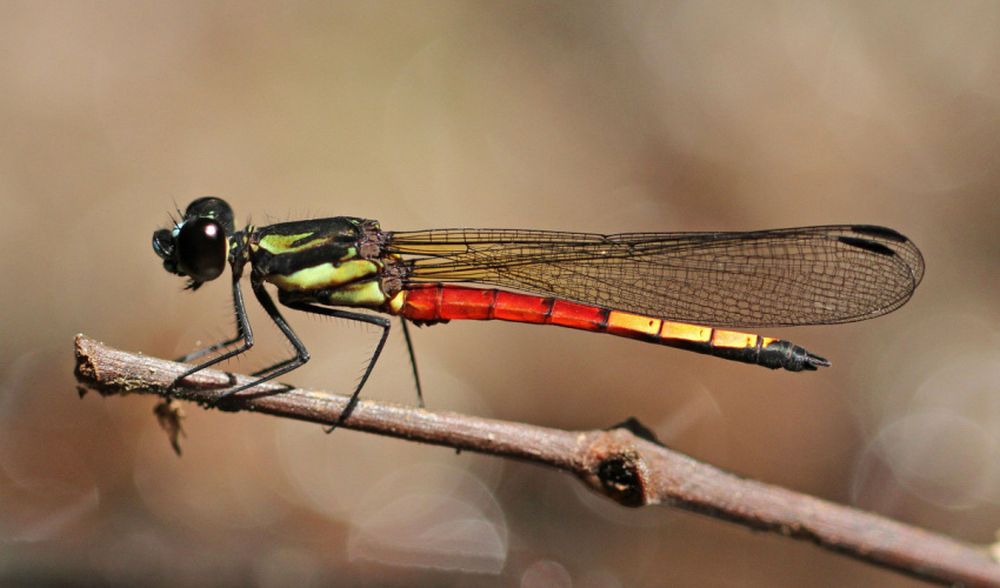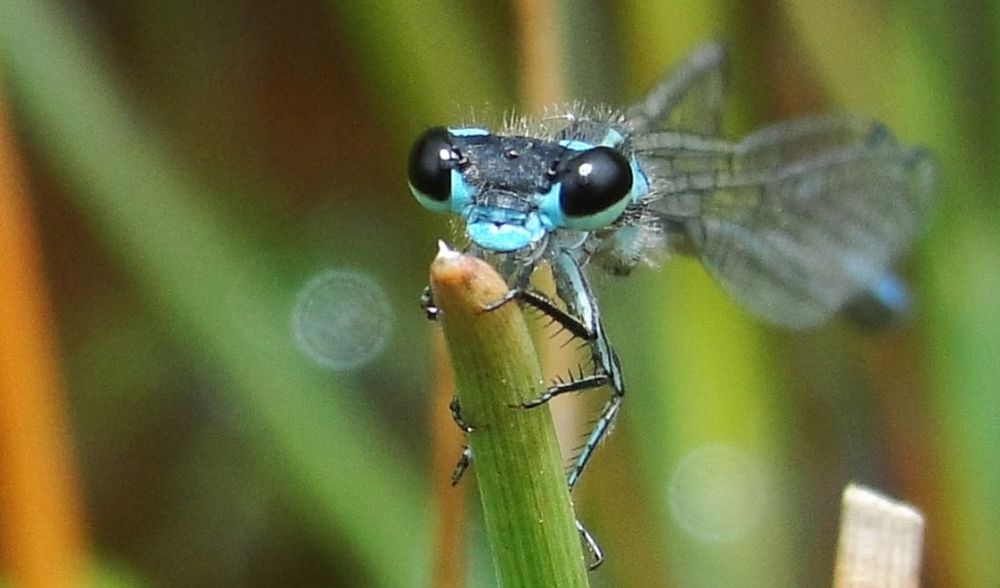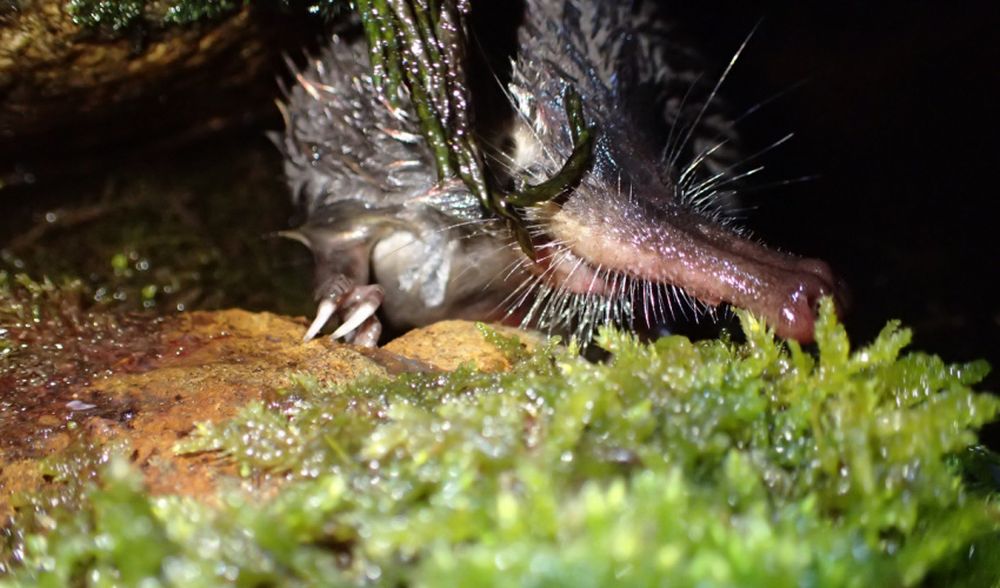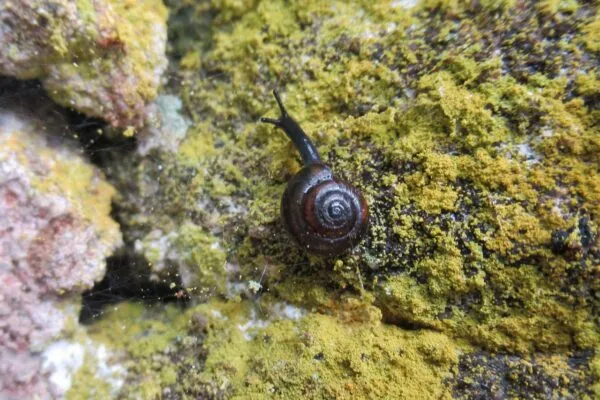Dragonflies and Damselflies are Threatened as Wetlands Disappear, IUCN Red List
The global assessment of biodiversity declares these two insect species as threatened under the world’s most comprehensive information source on the global conservation status
The populations of dragonflies and damselflies are declining worldwide at a rapid pace. The reason behind their decreasing numbers is directly linked with the destruction of wetlands. As per the first global assessment, these species are under the IUCN Red List of Threatened Species. The decline of these species is an indicative of the extensive loss of the marshes, swamps and free-flowing rivers they breed in.
With this new addition, the number of species on the Red List have exceeded 40,000 for the first time, reaching a total sum of 142,577 species out of which around 40,084 are threatened with extinction. The assessment of the dragonflies and damselflies across the world discloses that 16 percent species out of 6,016 are facing extinction risks.
Humans are unaware about the benefits of marshes and wetlands. They are not only useful but are widely essential as they store carbon and give clean water along with food while protecting us from floods.

Image: IUCN
Dr Bruno Oberle, IUCN Director General said;
By revealing the global loss of dragonflies, today’s Red List update underscores the urgent need to protect the world’s wetlands and the rich tapestry of life they harbor. Globally, these ecosystems are disappearing three times faster than forests.
The major reason behind the destruction of wetlands is deforestation to make room for crops like palm oil. Another reason includes residential and commercial construction. Climate change widely affects the habitat adversely, including threats to dragonflies in North America and Europe. Dragonflies are the indicators of healthy ecosystem and this the first time where a global assessment revealed the scale of their decline.

Image: IUCN
Dr Viola Clausnitzer, Co-chair of the IUCN SSC Dragonfly Specialist Group mentioned;
To conserve these beautiful insects, it is critical that governments, agriculture and industry consider the protection of wetland ecosystems in development projects, for example by protecting key habitats and dedicating space to urban wetlands.
The Pyrenean desman, which is only found in rivers Andorra, France, Portugal and Spain, is a semiaquatic mammal. It has been moved from Vulnerable to Endangered. It is only one of the few remaining desman species in the world. The rapid decline in their population occurred mainly because of the human intrusion including hydropower plant, dam and reservoir construction and water extraction for agriculture.

Image: IUCN
Along with the technological advancements, we are also advancing in the decreased population of species. It is high time we take these threats on species seriously as their deterioration tends to affect the entire ecosystem, directly.
Via: IUCN


